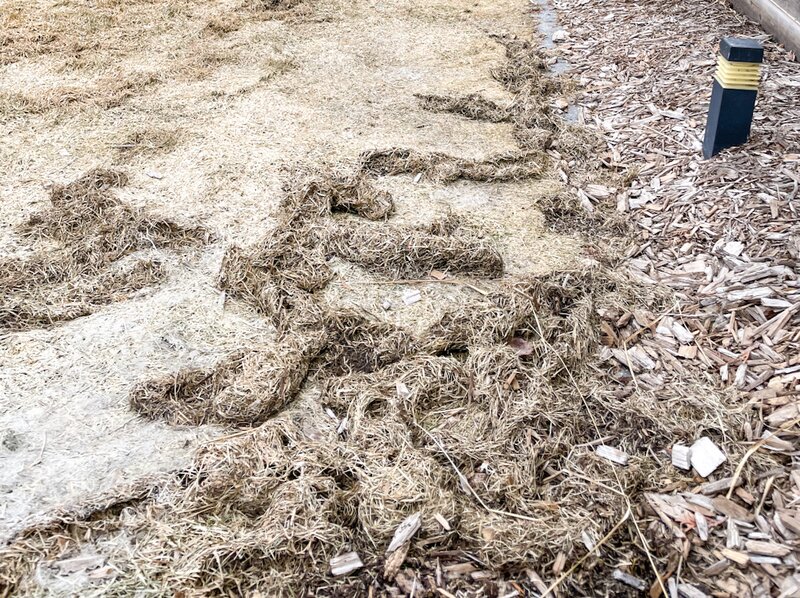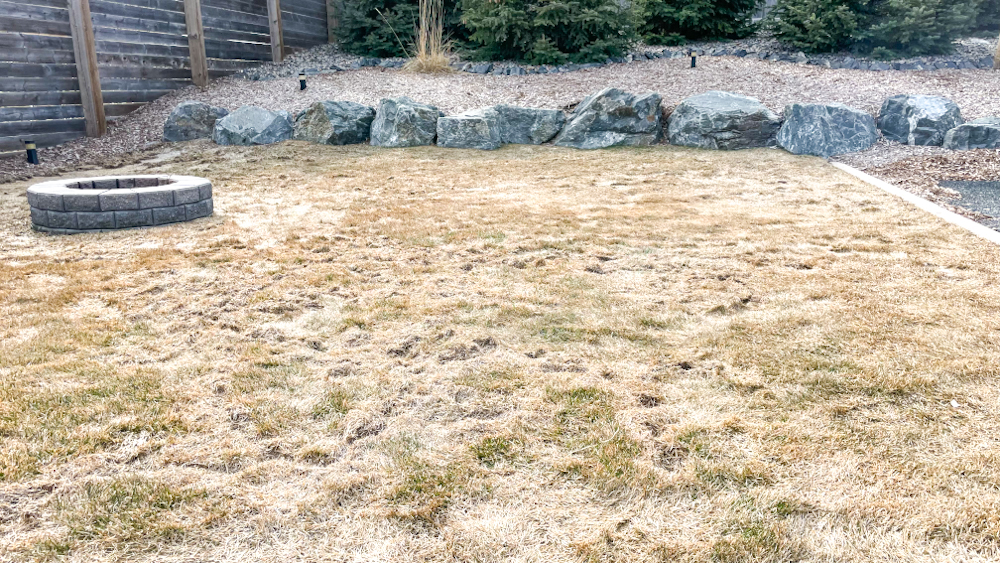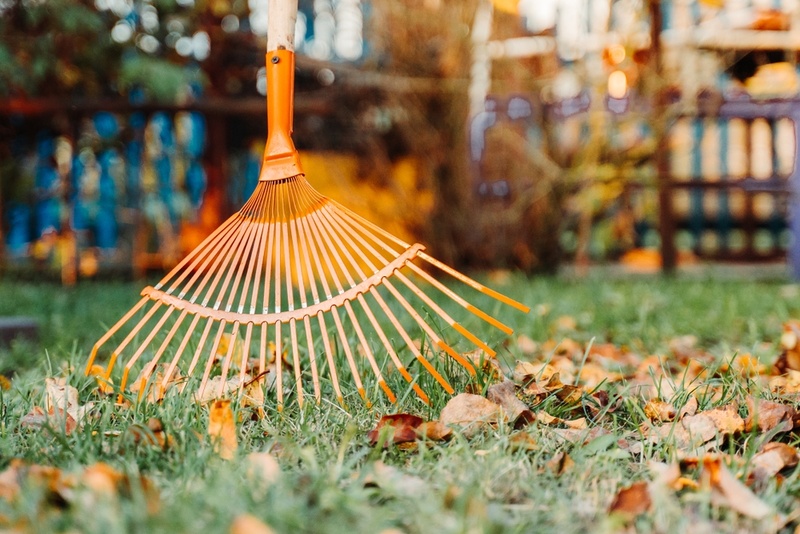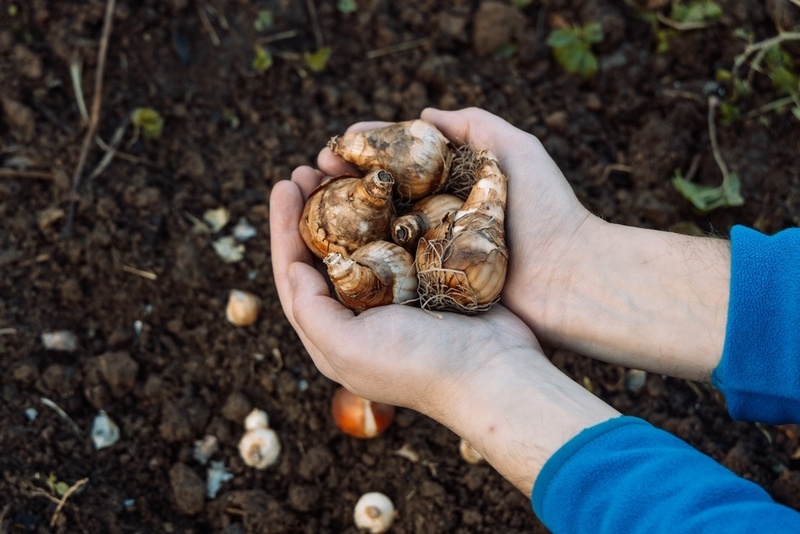
Voles, sometimes known as meadow mice, seem to have been especially active this last winter. These small rodents are herbivores and primarily feed on grasses and other plant material, so they may graze on the grass blades and roots, causing the lawn to thin out and become patchy. Damage to lawns becomes obvious as the snow melts and we can see our lawns emerge from the winter. Luckily this damage is reversible, with a little knowledge of how to deal with vole damage.
In addition to feeding on grass itself, voles create tunnels and burrows beneath the soil surface, which can disrupt the roots and cause the grass to die off in areas where the tunnels are located. These tunnels can also create air pockets in the soil, which can lead to uneven sinking and soil instability, making it difficult for grass to grow and thrive.
Voles also use grass as a cover to hide from predators and move around undetected. They create runways and paths through the grass, which can break or damage the blades and roots, and are the long trails that you see through the lawns.
Voles themselves will not cause too much of a problem over the summer months, so trapping, poisoning or otherwise trying to remove them from your yard is not necessary. However if your lawn has been damaged by voles, there are several steps you can take to repair the damage:
-
Rake the lawn: Once the temperatures have warmed up, and the soil and grass are noticeably dryer, rake the affected areas to remove any dead grass, debris, or vole tunnels. This will help to promote air circulation and encourage new growth.
-
Add topsoil: If the soil has been disrupted by the voles' burrowing, add topsoil to level out the ground and provide a healthy growing medium for new grass.
-
Seed the area: Spread grass seed over the affected area, following the recommended rate for your particular grass type. Make sure to water the area regularly to promote germination.
-
Fertilize: Apply a fertilizer to the newly seeded area to promote healthy growth and help the grass establish roots.

There are several measures you can take to prevent voles from damaging lawns over next winter:
-
Keep the lawn mowed short: Short grass provides less cover for voles to hide in, making them more vulnerable to predators and less likely to stay in the area.
-
Remove debris: Remove any debris or clutter that could provide cover for voles, such as piles of leaves, grass clippings, or other yard waste.
-
Install barriers: Install physical barriers around the lawn, such as wire mesh or landscape fabric, to prevent voles from burrowing into the soil.
-
Use repellents: Some repellents, such as Plantskydd, may help to deter voles from entering the lawn. However, these products are not always effective, and their use should be combined with other preventative measures.
Repairing vole damage to lawns can be a time-consuming process, but with patience and proper care, you can restore your lawn to a healthy and vibrant state.



